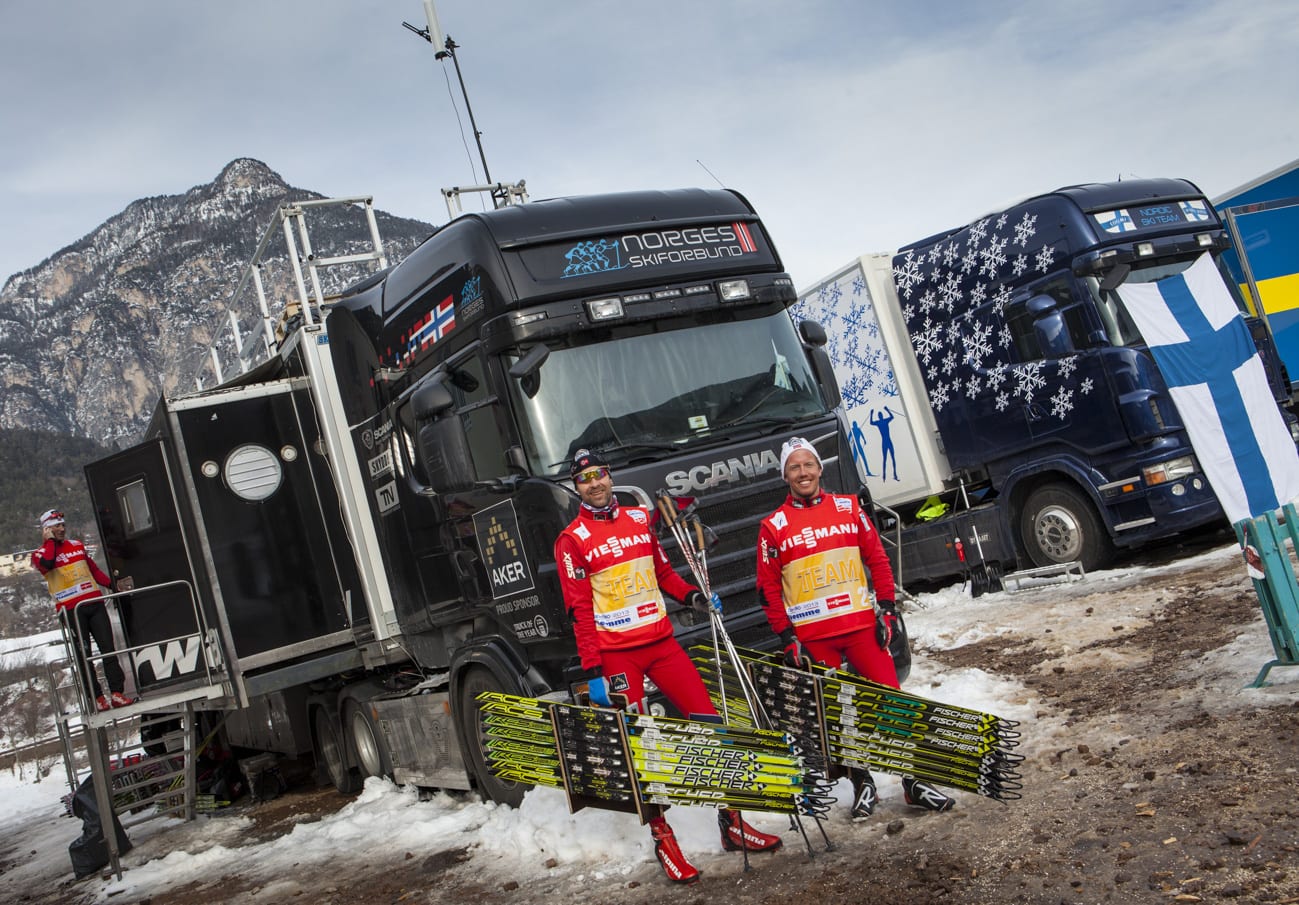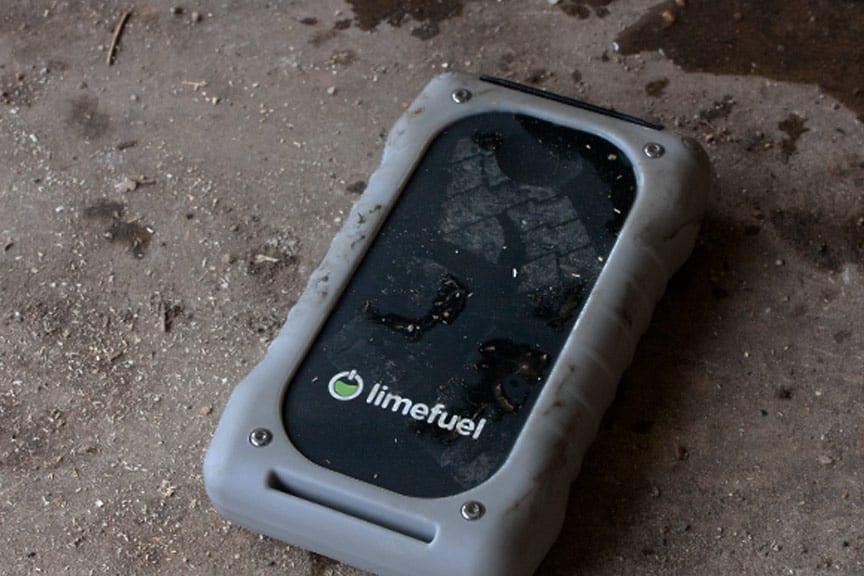 The mobile workforce is front and center this week at Mobile World Congress (Feb. 24-27 in Barcelona), the world’s largest confab to dissect tomorrow’s tech gadgetry. Here’s a look at the latest and greatest gadgets revealed at the show — some practical, some futuristic, all with interesting applications in the field — and other mobile field service news from the web this week:
The mobile workforce is front and center this week at Mobile World Congress (Feb. 24-27 in Barcelona), the world’s largest confab to dissect tomorrow’s tech gadgetry. Here’s a look at the latest and greatest gadgets revealed at the show — some practical, some futuristic, all with interesting applications in the field — and other mobile field service news from the web this week:
A Spare Battery for Any Season
There’s nothing worse than running out of juice in the field. For the field service pros who require extra battery life and demand the most rugged backup possible, meet the LImefuel IP66 rugged external battery. Chances are, this waterproof, dirtproof, shockproof and crushproof battery is more rugged than your device. It will change pretty much any mobile device that uses USB, including Android and Apple phones and tablets, digital cameras and GPS units. The Limefuel battery is available for pre-order on Kickstarter in several models. The 10,400 mAh costs $50 and the 15,000 mAh, which will charge most smartphones 10 times on a full charge, costs $70. Estimated delivery is May 2014.
Read more at TechCrunch
Latest in Wearable Tech? A Glove-Headset Combo
Wearable tech, from smartwatches to the forthcoming Google Glass, is all the rage these days. And the applications are especially exciting in field service. The latest device? A glove from Fujitsu, which the company unveiled at Mobile World Congress that’s targeted to service techs and others who need free hands while working. Among the bells and whistles are contact-detection sensors, a tag reader, an accelerometer and a NFC tag reader. The glove beams all information to a head-mounted display.
The BBC writes, “If the equipment [technicians] are working on has an NFC tag on it the glove will detect this when it is touched and show any relevant documentation or work-orders in a headset that can be linked to the glove via bluetooth.” The glove will be available next year.
Read more at BBC News
The Connected Fleets of Tomorrow
It seems everything is “smart” these days, from phones to thermostats like Nest and even toilets. But one interesting slide of the machine-to-machine (M2M) trend is connected devices that “speak” with vehicles. This year’s Mobile World Congress featured the CarConnectivity Consortium, a half-day symposium about apps that link users’ smartphones with their vehicles. These could include apps that share information between vehicles, phones and even home (or office) systems to improve safety and personalization. Right now, most development is focused on consumer cars — but the data-sharing between apps, phones and vehicles will have big implications for how fleet managers track fleets’ location, performance and fuel efficiency.
Read more at Forbes
Olympic Ski Wax Hero-Turned-Scapegoat With a $1 Million Work Truck
 Service technicians work under a microscope, but few become household names nationwide. And then there’s Knut Nystad, Norway’s chief ski wax technician during the Sochi Olympics. Nystad was something of a folk hero when Norwegian skiers excelled at the beginning of the Olympics, and a scapegoat when the team’s fortunes turned with the warmer weather (and stickier, slushier snow) toward the end of the games.The job comes with a lot of scrutiny in Norway, which takes its skiing seriously. “Norwegians are definitely hung up on ski wax,” Nystad told The Wall Street Journal.
Service technicians work under a microscope, but few become household names nationwide. And then there’s Knut Nystad, Norway’s chief ski wax technician during the Sochi Olympics. Nystad was something of a folk hero when Norwegian skiers excelled at the beginning of the Olympics, and a scapegoat when the team’s fortunes turned with the warmer weather (and stickier, slushier snow) toward the end of the games.The job comes with a lot of scrutiny in Norway, which takes its skiing seriously. “Norwegians are definitely hung up on ski wax,” Nystad told The Wall Street Journal.
So hung up, in fact, that a waxing e-book topped Norway’s best-seller lists, the government spends more than $500,000 per year on “research projects to deepen ski-wax knowledge” and Nystad and his crew drive a $1 million waxing bus.
Nystad’s reputation might wax and wane, but technicians from other countries can’t match his ride.
Read the full profile at The Wall Street Journal


Share this: